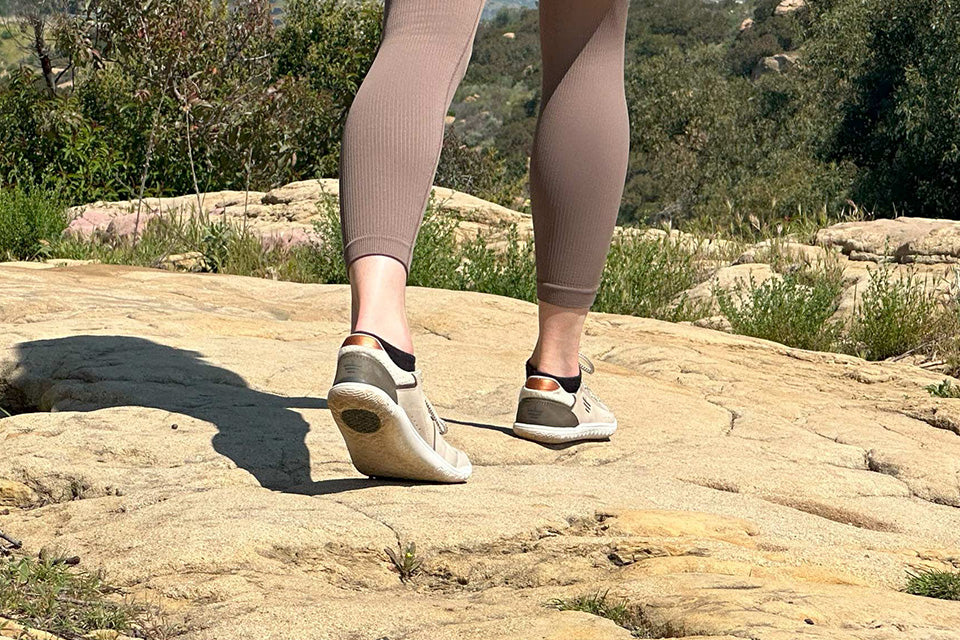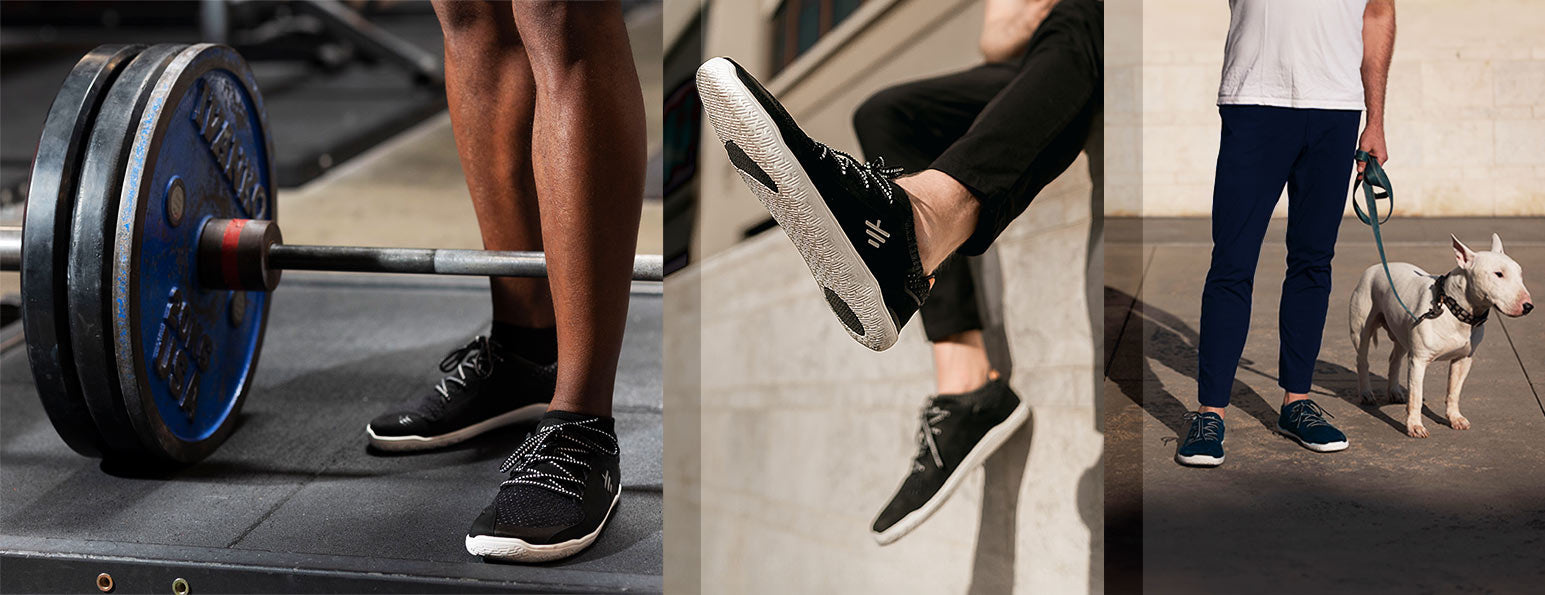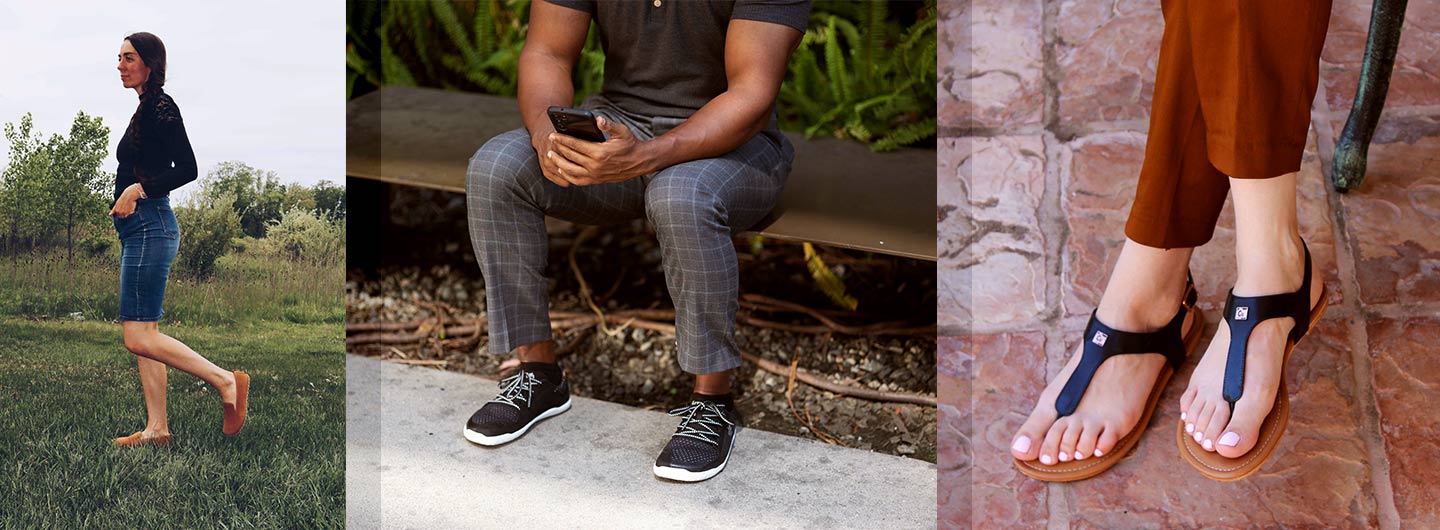
Are Barefoot Shoes Good for You? Benefits, Myths & Facts Explained
In recent years, barefoot shoes have gained popularity as more people seek natural ways to support their health and movement. With claims ranging from improved posture to reduced joint pain, it’s easy to get swept up in the hype. But are barefoot shoes good for you, or is this just another wellness trend? This article will walk you through the proven benefits, debunk common myths, and explain the facts about barefoot footwear so you can make an informed decision for your feet—and your overall well-being.
What Are Barefoot Shoes?
Before diving into the benefits and debates, it’s important to understand what Barefoot shoes are. Barefoot shoes (also called minimalist shoes) are designed to mimic the feeling of walking barefoot while still offering some protection from the ground.
They typically feature:
- Zero drop (no height difference between the heel and toe)
- Wide toe box (to allow natural toe splay)
- Thin, flexible soles (to allow for ground feedback)
- Minimal cushioning and arch support
The Proven Benefits of Barefoot Shoes
Let’s start with what the research and real-world experience say about the benefits.
1. Improved Foot Strength
One of the most commonly cited benefits is stronger foot muscles. In traditional shoes, arch support and cushioning take over much of the work our feet are supposed to do. With barefoot shoes, your feet have to engage more, which can improve overall strength, particularly in the arch and toes.
A study published in Medicine & Science in Sports & Exercise found that participants who switched to minimalist shoes saw significant increases in foot muscle volume over six months.
2. Better Balance and Proprioception
Barefoot shoes allow your feet to feel the ground more directly. This improves proprioception—the body’s awareness of its position in space, which is key to maintaining balance and coordination. This can be particularly helpful for older adults or people recovering from injuries who need to rebuild stable movement patterns.
3. Improved Posture and Gait
Many people notice that barefoot shoes encourage a more upright posture and a natural walking or running gait. With zero drop, the foot lands more naturally under the body rather than heel-striking out in front, which can reduce impact on joints like the knees and hips.
4. Reduced Risk of Some Injuries
While barefoot shoes aren’t a magic fix, they may reduce the risk of certain overuse injuries like plantar fasciitis, shin splints, or runner’s knee when used correctly. The key is transitioning gradually to allow your body to adapt.
Common Myths About Barefoot Shoes

With popularity comes misinformation. Let’s tackle a few common myths that circulate about barefoot shoes.
Myth 1: Barefoot Shoes Are Dangerous
Some believe barefoot shoes will automatically lead to injuries like stress fractures or Achilles problems. The truth? It’s not the shoes—it’s how you use them. Transitioning too quickly is the biggest issue. When done gradually, most people experience benefits, not harm.
Myth 2: You Don’t Need Arch Support
This one is partly true and partly false. Most people can function just fine without artificial arch support, once their foot muscles are strong enough. But if your arches have been relying on support for years, they need time to build strength. Jumping straight into barefoot shoes can feel uncomfortable at first, but it doesn’t mean your feet are broken.
Myth 3: Barefoot Shoes Are Only for Athletes
While barefoot shoes are popular in running and CrossFit communities, they’re not exclusive to athletes. Many people wear them for everyday activities like walking, gardening, or even office work. As long as the shoes are appropriate for the terrain and situation, anyone can benefit.
The Science: What Research Says
Scientific literature is mixed but promising. While some studies point to improved foot function and muscle strength, others show that barefoot running or walking doesn’t automatically improve performance or reduce injury. The key takeaway? Barefoot shoes are a tool, not a cure-all.
Here are a few key findings:
- A 2019 study in the Journal of Foot and Ankle Research found that minimalist shoes strengthened intrinsic foot muscles more than conventional footwear.
- A 2016 paper in Sports Medicine concluded that minimalist shoes can reduce injury risk if runners adapt gradually.
- A 2021 review in Frontiers in Physiology highlighted improved foot kinematics and sensory feedback but emphasized the importance of a slow transition.
Who Should Try Barefoot Shoes?
Barefoot shoes aren’t for everyone, but they’re a great option for many people. Especially, those who:
- Want to strengthen their feet naturally
- Experience discomfort from overly cushioned shoes
- Prefer a grounded, stable feeling when walking
- Are recovering from foot or posture-related issues (with professional guidance)
However, people with certain conditions, like severe flat feet, neuropathy, or unresolved foot injuries, should consult a podiatrist before switching.
How to Transition Safely
One of the biggest mistakes people make is going all-in too fast. Here’s how to ease into barefoot shoes safely:
- Start with Short Walks: Begin by wearing your barefoot shoes for 20–30 minutes per day and increase slowly.
- Strengthen Your Feet: Do foot exercises like toe spreads, heel raises, and towel scrunches.
- Listen to Your Body: Expect some soreness but stop if you feel sharp pain.
- Avoid Hard Surfaces at First: Grass, dirt, or cushioned flooring are better for early adaptation.


